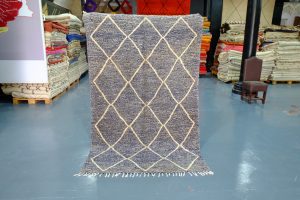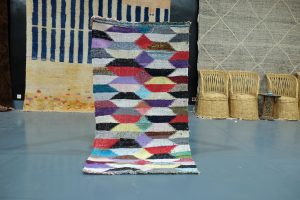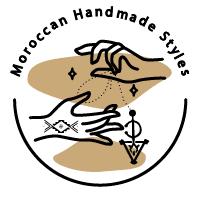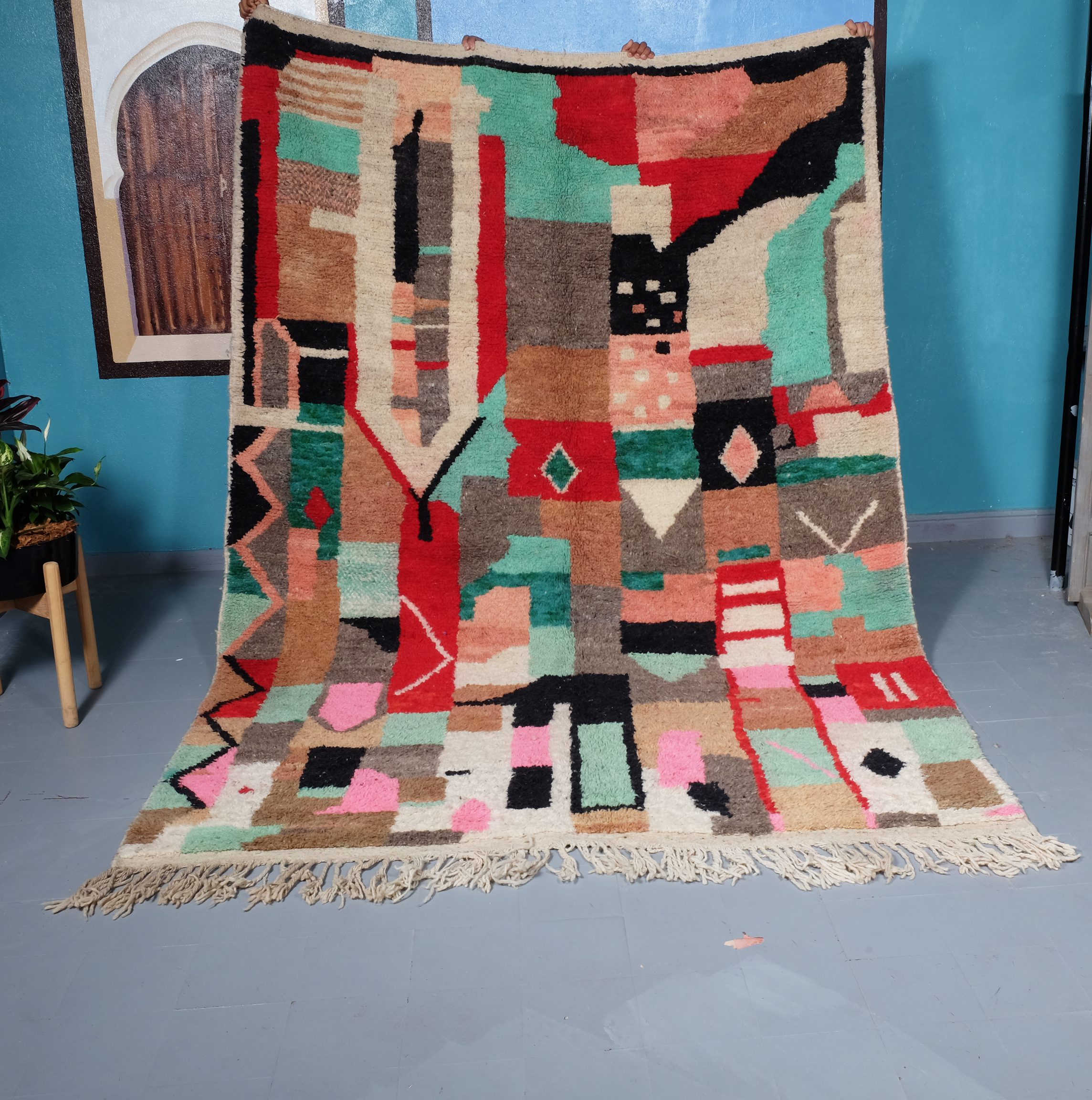A Moroccan rug is a hand-woven traditional product that originated in the country. Its origin dates back to the Paleolithic Era, when the indigenous people of the region woven rugs for utility. Not long ago, these rugs became popular for decorative purposes, as well. Now, people of all backgrounds can enjoy these beautiful hand-woven rugs in their homes. Let’s examine what makes them so special.
Wool – In a typical Moroccan rug, the underlying fibers are made of wool. A high-quality rug won’t shed, but a cheap one will shed. It’s essential to know where the wool in your Moroccan rug comes from. Some local markets use ‘dead wool’ that will fall apart within months. Make sure you read the labels carefully when choosing a rug. For your piece of art to last for years, make sure it’s made from top-quality wool.
 The color and design of a Moroccan rug can be derived from the traditional tribal patterns of Morocco. The designs can range from graphically dense to monochrome, with vibrant saturated shades and natural muted tones. In addition to their beautiful colors and patterns, Moroccan rugs are made from the traditional weaving traditions of the Berber people. The process of weaving a Moroccan rug is a time-consuming one, and it’s not for the faint of heart.
The color and design of a Moroccan rug can be derived from the traditional tribal patterns of Morocco. The designs can range from graphically dense to monochrome, with vibrant saturated shades and natural muted tones. In addition to their beautiful colors and patterns, Moroccan rugs are made from the traditional weaving traditions of the Berber people. The process of weaving a Moroccan rug is a time-consuming one, and it’s not for the faint of heart.
While wool from higher altitudes of Morocco produces better quality rugs, it can also produce a bad one. The dead wool feels lifeless and is dry. Another problem with Moroccan rugs is noxious odors. These can be the result of heavy dyeing and chemical bleaching. So, be sure to read labels carefully when choosing a Moroccan rug. But don’t let that deter you! There’s nothing worse than a bad rug.
When selecting a Moroccan rug, remember to choose one with color and style that matches your décor. While you’re shopping for a rug, make sure it’s large enough for the space you’re decorating. This way, you can use it as an anchor for any room. The bright colors and bold lines of Azilal-style rugs will blend perfectly in a contemporary living room or nursery. If you want a rug that will match the colors and textures of your furniture and wall coverings, a custom Moroccan rug may be the way to go.
If you’re looking for a unique rug that will fit your decor, look no further than the Moroccan design. Its layered design and sophisticated style will add a modern feel to any room. The soft, plush pile height makes the floor feel like a cloud, and the intricate pattern is sure to add a touch of flair and charm to any space. You can find Moroccan rugs in many shapes and sizes, and the subtle tan coloring is one of the best sellers.
 You can also find vintage Moroccan rugs in your home. These rugs can be hand-washed with detergent and allowed to dry in the summer sun. If you’re interested in purchasing a boucherouite rug, you can even wash it in a coin machine and dry it in the sun. However, the colors of older rugs will not be as vibrant as those used in modern rugs. This is because they’re usually made from recycled materials.
You can also find vintage Moroccan rugs in your home. These rugs can be hand-washed with detergent and allowed to dry in the summer sun. If you’re interested in purchasing a boucherouite rug, you can even wash it in a coin machine and dry it in the sun. However, the colors of older rugs will not be as vibrant as those used in modern rugs. This is because they’re usually made from recycled materials.
A Moroccan rug has symbolic value. With a cream and beige foundation, the colors in the design are deep and rich. Therefore, Moroccan rugs should be placed in rooms with rich color tones. For example, the Boujad Moroccan Rug has a vibrant color scheme and works well in minimalist settings. These rugs should be used in hallways and minimalist settings, where the furnishings are minimal. You can even use them in living rooms.
When selecting a Moroccan rug, remember to keep in mind the different styles and designs. There are several traditional styles of rugs, including those of the Amazigh and Berber tribes. Moroccan rugs can be handmade by any member of the Berber tribes, which number over 40. The best part about buying a Moroccan rug is that it’s authentic. It can add personality and texture to any room. If you’re planning to buy a Moroccan rug for your home, don’t be intimidated by the high price or limited color choices.
Another style of Moroccan rug is the Beni Mguild. These rugs are handwoven in the western Middle Atlas Mountains and are characterized by thick piles. During the summer, Amazighs flip these rugs over to use the flat side. A Moroccan rug can range in hue from pink to orange, a deep red to bright orange. These rugs are often crafted by women in the region of Haouz.

